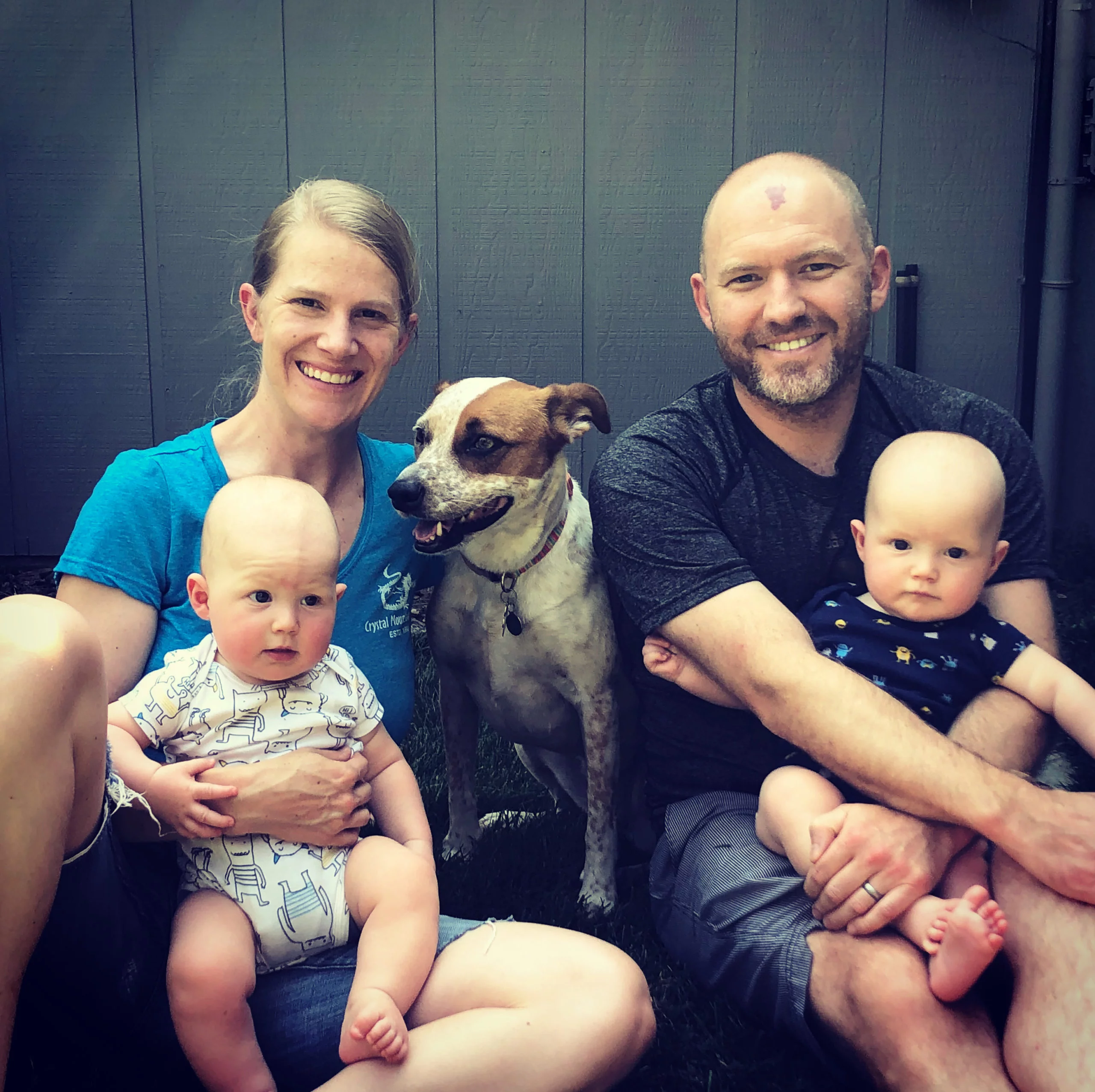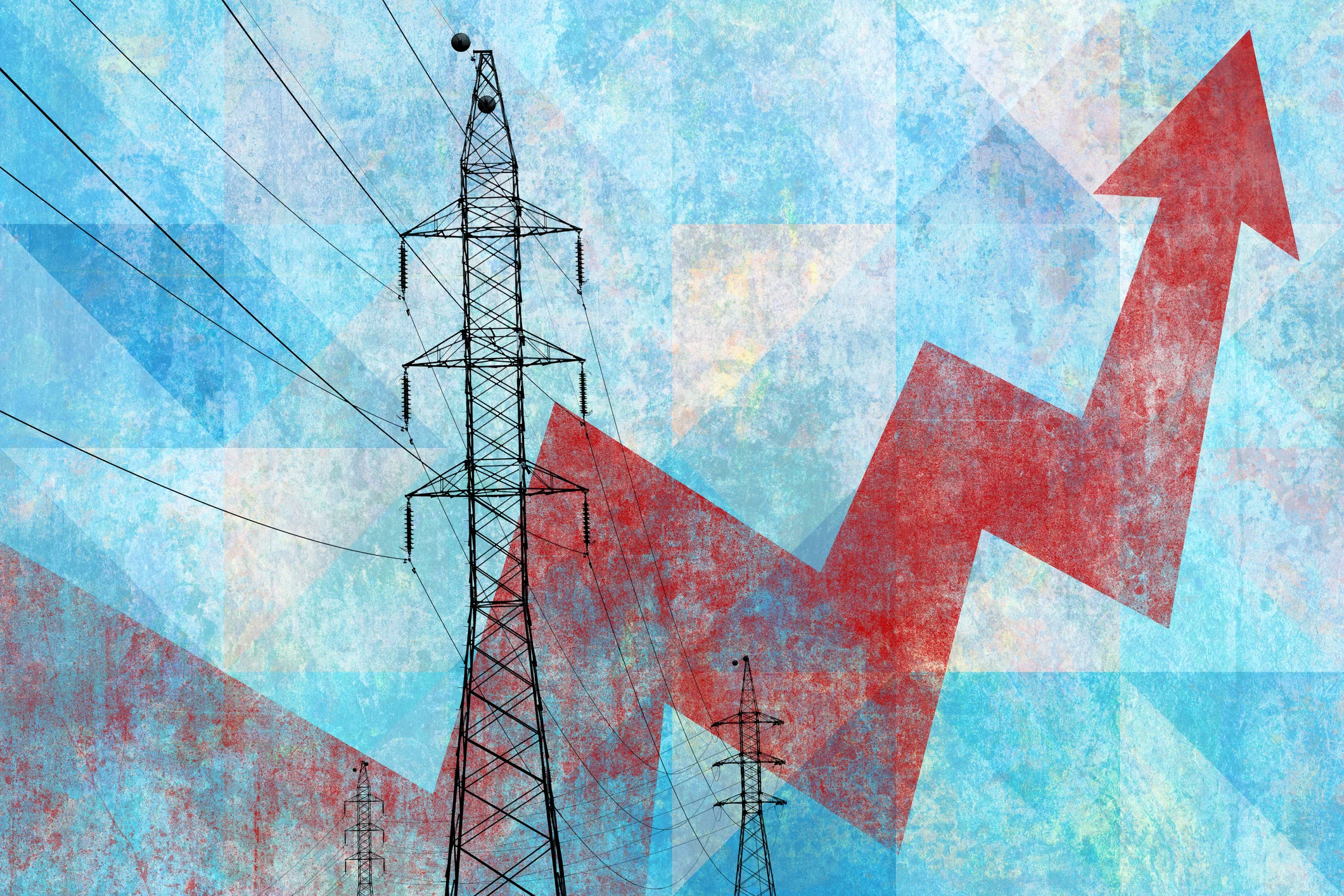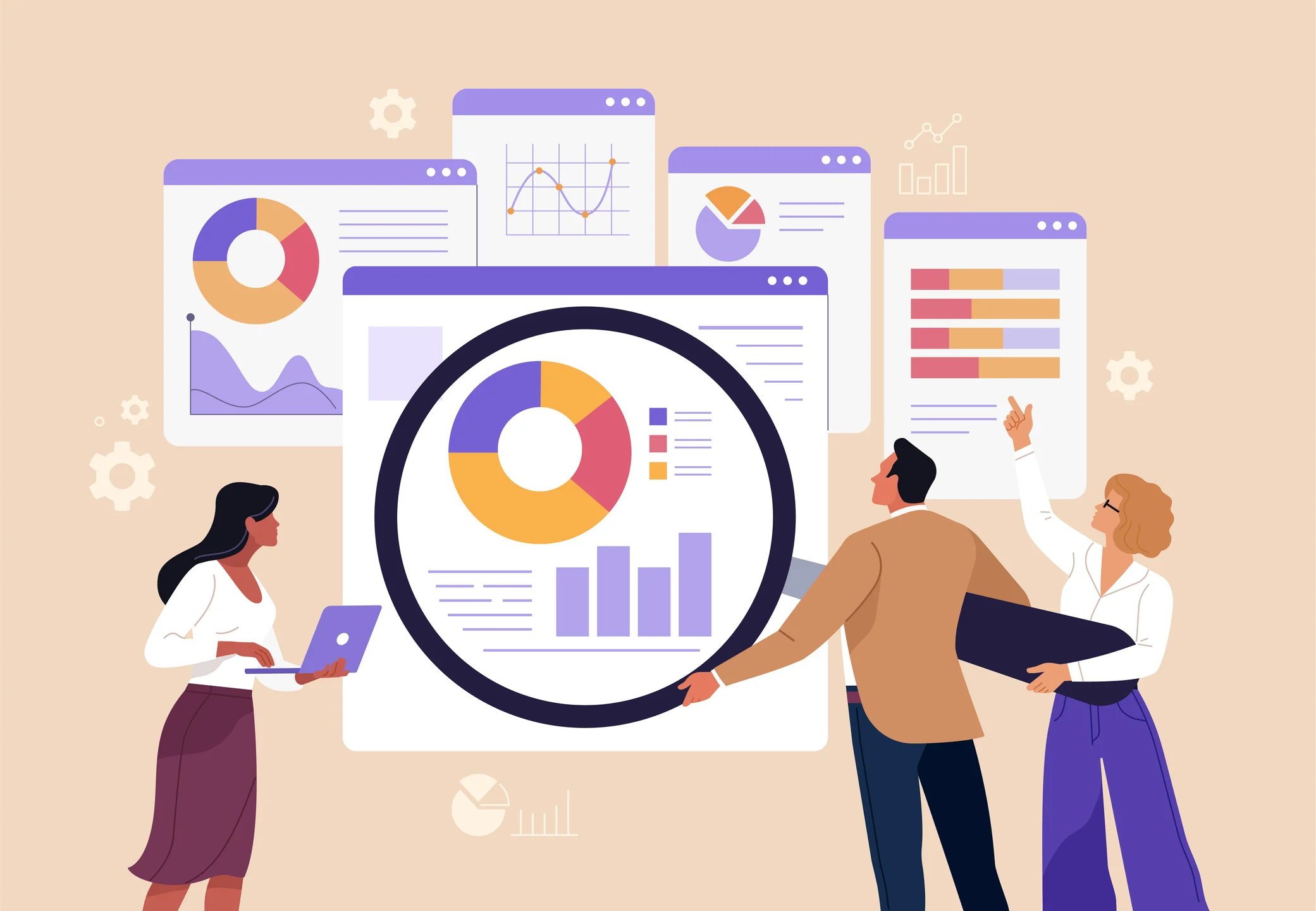Where does utility regulation come from?
This is about the birds (policymakers) and the bees (commissioners) that bring utility regulation into the world. It’s a two-part series that focuses first on the birds and then on the bees–we’ll travel from bill to utility regulation to implementation on a hopefully interesting and insightful journey that acknowledges potential obstacles at each step.
Law Making Is Hard
Let’s first acknowledge all of the incredibly hard work that goes into creating laws and regulations, irrespective of if we support or oppose them. It must be extremely satisfying to propose a bill and then see it implemented, but you have to be able to overcome obstacles to get there, just like creating and raising a baby bird.
For utility regulation, getting to the stage of enacting a law is only half of the battle. After moving a bill through political channels, utility commissioners then have to translate it into regulation, implement it, and enforce it. Transforming a glimmer of an idea for a bill into a real, tangible thing happening in the world takes a long time and there are many challenges along the way.
Considering what it takes for our flock of policymakers to lay the egg of an energy-related law that then flies off as a fully matured bird to become utility regulation can help us understand where and how to overcome obstacles. There are 10 steps, we’ll get through 5 of them in this installment.
Note: This is primarily from a state lawmaking perspective in the U.S. and it’s extremely simplified; similar steps apply at the federal or even local level. Governance varies slightly or significantly for other parts of the globe!
Insights Into the Legislative Process
Before we get to the steps let’s share our most important insights that you can consider while you read.
- Legislation is for the people, but it’s proposed by policymakers: Bills are typically created to address community interests and concerns.
- Bullish bills can pay off: The contents of a bill can get diluted throughout the process, so being specific about big, audacious goals early can help preserve them through the steps.
- Bipartisan is king: Having allowances to compromise can help satisfy your peers on the other side of the table. This is important for bill approval and utility regulation longevity even in partisan states.
5 Steps From Bill To Law
Whether at the state or federal level, the legislative process in the U.S. is thorough and structured, which can mean slow and complicated. The path from concept to realization for any change can pose a significant, but critical role in shaping the regulatory world. Continuing our birds and bees metaphor, let’s take a simplified look at legislative processes through the lens of the birds & the bees.
Step 1
Bird parents make a nest. An opportunity exists to make the world a better place through utility regulation and there’s a law-shaped gap to fill. Someone identifies that gap, feels passionate about it, and gets a group of policymakers together to write a draft bill. Sometimes they use working groups, advocates, or coalitions to help them (or these groups draft a bill for policymakers to refine and propose). Sometimes lobbyists or wealthy organizations are an influence.
This is the nesting phase, preparing and planning for future utility regulation.
Potential Obstacles
The nest fell apart. There are two primary challenges here: coordinating people and agreeing on the contents of a draft.
- Coordinating people: Maybe it never gets drafted because a working group has differing views or conflicting commitments disband or the policymakers’ priorities change. Policymakers often draft more than one bill at the same time and have to prioritize their efforts.
- Agreeing on the contents of a draft: Sometimes bills lose steam because the drafting process can be intense and revealing–policymakers might feel like the opportunity is too hard or complicated to solve or that they aren’t solving it effectively. As such, policymakers could try a new approach and narrow the scope or expand it to cover additional challenges; a bigger scope can be more difficult to draft.
Step 2
Bird parent lays the egg. The draft bill gets presented in the legislative session (this is the pre-agreed time of year when legislators are making laws). During this time, bills are assigned to a committee for review and further development. For context, the U.S. Senate has 20 permanent standing committees and numerous subcommittees; the state of Kentucky has 15 Senate standing committees.
This bill is now a tangible thing (an egg), but there’s still a lot of work before it becomes utility regulation (a baby bird).
Potential Obstacles
No egg was laid. The main challenges in this step are timing, staff capacity, and level of interest.
-
- Timing: It’s not uncommon for the legislative session to end before bills are presented and assigned to a committee. The number of days in session varies by geography, and the bird’s parents failed to make enough time for egg-making.
- Capacity: Committees can be sent more bills than policymakers and staff can review and develop. Committees have to prioritize bills that have a significant impact and have the best chance of making an impact.
- Level of interest: Bills can be presented and remain unassigned to a committee. That’s a clear sign that the bill doesn’t have the enthusiasm it needs to be successful. Bills are also assigned to committees that can choose to intentionally ignore the bill.
Step 3
Reminder, we’re still focusing on hatching eggs in the U.S. As each governing body is a little different, this is not a universal process.
Sit on the egg. The committee brings back a bill to be voted on. It may look very similar, it may look like a different bill entirely with a lot of amendments. Either way, it goes to vote in the legislature that proposed it (senate bill or house bill). If it passes it then goes to the other legislative body for committee assignment, amendments, and vote. Sometimes these are worked in parallel legislative bodies as companion bills.
If policymakers don’t care about utility regulation or are opposed to some aspect of the legislation, it may not get the votes needed. Policymakers often try to make energy policy exciting to non-energy nerds, and their opponents, by estimating the positive impacts on local jobs, the economy, customers, and the community. But these impacts can have trade-offs that some stakeholders are still opposed to, like lowering utility profits or discouraging fossil fuel plants.
Sitting on the egg requires teamwork, coordination, dedication, momentum, and sometimes compromise.
Potential Obstacles
The egg cracked! The two main obstacles in this stage are timing and opposition and amendments.
- Timing: The session ended before it got voted on.
- Opposition and amendments: One legislative body didn’t pass the bill. The bill got sent back to the committee for amendment and was never returned.
Step 4
The baby bird emerges from the egg. The governor (or president) signs the bill into law. It’s now an “act,” but some will nostalgically reference it by its bill number. For example, I’ve personally had a hard time referring to North Carolina’s HB 951 as the Session Law 2021-165 or using the correct name for the Climate and Equitable Jobs Act in Illinois (instead of the draft bill’s name, the Clean Energy Jobs Act, which is luckily the same acronym).
The governor or president has deadlines to sign the law, and if it’s not signed by the deadline, then it becomes a law without the executive signature. The bill is now law with all the parts and pieces to make it fly into the world of utility regulation.
Potential Obstacles
The baby bird fell out of the nest! This isn’t common; birds have good instincts and the governor or president usually accepts their lawmaking process, but in certain situations, the bill stops here. Only one challenge can occur at this step: disagreement.
- Disagreement: The signing authority (president or governor) doesn’t think the bill should be an Act and publicly vetoes it to make that clear to their constituents. This happened recently in Florida with HB 741–the governor determined that the approved law to reduce the compensation for rooftop solar was not appropriate at this time, going against the utilities that proposed it and majority votes of approval in the Senate and House. However, the Senate and House can overturn a veto with a two-thirds majority in both chambers.
Step 5
The young bird takes flight. The law gets implemented, and whomever it applies to has to do the things now written into law. Since we’re talking about utility regulation in this example, the commission and regulated utilities take action to meet the new legal requirements that they face.
Potential Obstacles
The baby bird broke its wing. The only obstacles now are quite rare, but enforcement or hierarchy of laws can be challenging.
- Enforcement: It’s possible that those in charge of implementation don’t agree with the law and don’t enforce it. It could also be that it wasn’t written clearly enough and it is enforced differently than intended. We’ll get more into that in Part 2 of this pair of articles, so watch for that.
- Hierarchy of laws: Something else gets approved to override it before it’s implemented so it never takes flight. This is most common when the jurisdictions of federal, state, or local policymakers are trying to tackle the same issues with different methodologies or goals. Sometimes the legal system needs to step in to sort out the hierarchy of conflicting laws.
What Comes Next
In the next installment, we’ll cover the bees–the commissioners–and how utility regulation gets created, implemented, and monitored. It’s a whole different process with different players and challenges. The level of stakeholder input can increase during these steps as changes become more imminent and real, but sometimes it’s too late in the process to make adjustments. The commission’s job is to translate sometimes vague or complex laws into regulations.
Summary of Best Practices to Avoid Obstacles
Before we get to that, what are the biggest challenges and strategies to overcome the potential obstacles in the bill-to-law-making process?
- Time: It’s a long process.
- Try to get the contents of the bill right the first time. How? With resources, politics, and stakeholder engagement (see below).
- Resources: It takes a lot of money, staff hours, patience, and intelligence to create a bill and sign it into law.
- Use external parties for support as an extension of staff, either contracted or informally, to create a stronger bill. For example, Colorado’s Microgrids For Community Resilience Grant Program leveraged the input of local parties, like Clean Energy Action, in its bill scoping and drafting phase.
- Politics: If it’s inherently not in the interest of one party to pass this utility regulation bill into law and you’re in a state with opposing party majority power, it’s going to be incredibly difficult to move through all of the obstacles.
- The strongest bills have bipartisan support. Aspire to put something in it for everyone, a win-win. Even if you’re not in a state with heavy opposition at the time, it secures it through future, potentially less-friendly administrations.
- Stakeholder opposition: It’s not just the other policymakers to account for, it’s the stakeholders, too–both those active advocates and those with less involvement in the legislative process that this policy on utility regulation may significantly impact. Stakeholders can be local ratepayers, shareholders, or large organizations that are impacted by this legislation. These could be environmental non-profits, consumer advocates, commercial and industrial customer groups, or oil and gas representatives.
- Spend a lot of time on research and stakeholder engagement on the front end. Addressing upfront concerns through interactive meetings with diverse stakeholders can help mitigate issues before the bill is drafted. Data and evidence to make the effort compelling and fact-based also helps. Paying it forward on this work will make it easier for your commissioner peers to pass utility regulations and take action in the second phase of this bill to law to regulation to the implementation process
Utility Regulation: Bill to Law Conclusion
This is the common journey taken for creating utility regulation–turning an idea into a bill and a bill into law that will then change how utilities do something. This ranges from financial rules such as how they make money and balance their books, operational requirements like the kind of power plants they can build or run, and environmental constraints ranging from regulations designed to meet decarbonization goals or how they site infrastructure to what they do with fossil fuel waste.
Through rule-making and proceedings, regulators can set the tone of utility priorities. They can emphasize system reliability or equitable distribution of clean energy benefits or reducing customer costs or harnessing the value of distributed energy resources (DERs), as examples. Regulators can go a level deeper in their rule-making to set photovoltaic solar compensation tariffs, direct electric vehicle public charging infrastructure, or require demand response programs. Utilities can plan for these rules by using demand forecasting tools and to manage both their DER or demand flexibility programs using the right distributed energy resource management systems (DERMS).
What’s the process to get there? Read our next article on this topic to find out.






